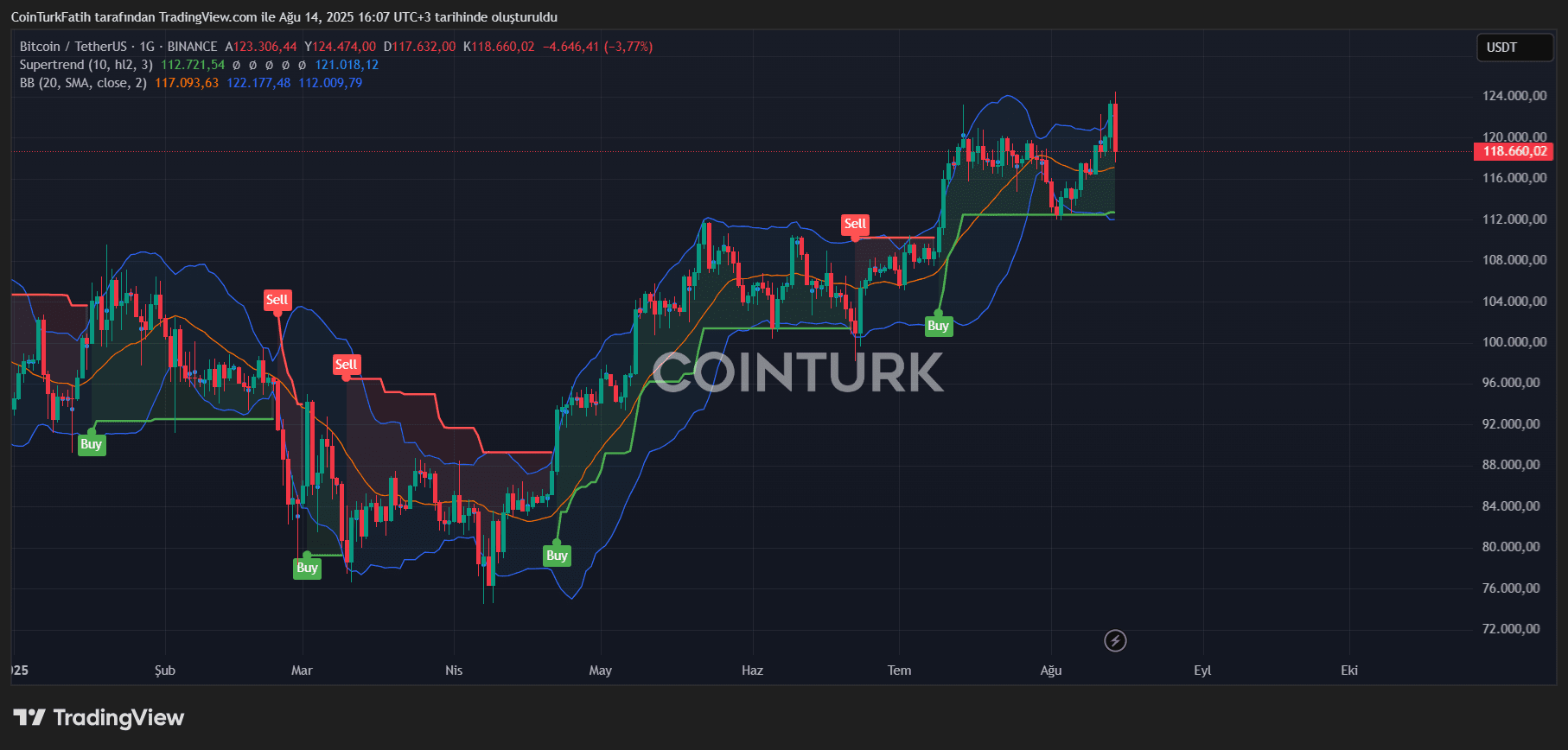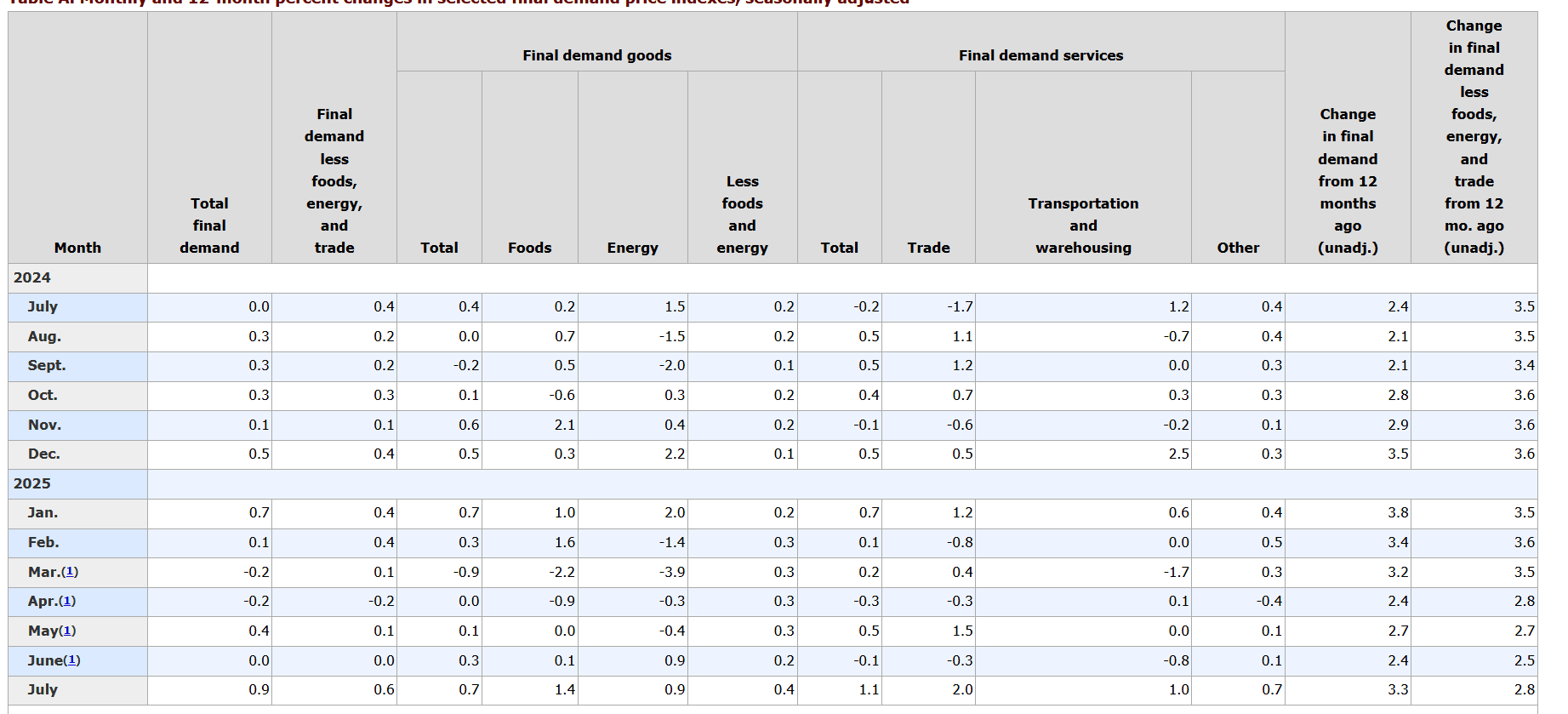Uncertainty has re-emerged in the cryptocurrency market, ending the upward trend of August. This is attributed to the latest Producer Price Index (PPI) data, which significantly exceeded expectations. Last Sunday, we emphasized the importance of the upcoming data. Those closely following the news were less impacted since Bitcoin's price was still above $120,000. Now, Bitcoin's price has dropped to $118,000. But what caused this decline? Why did cryptocurrencies drop?
Reasons behind the decline in cryptocurrencies
PPI data significantly exceeded expectations, rising 0.9% month-on-month. Even if only half of the increase is reflected in the Consumer Price Index (CPI), it could trigger serious issues. Moreover, PPI is crucial for the inflation indicator favored by the Fed—the Personal Consumption Expenditures (PCE) index. This gives Fed Chair Jerome Powell reason to avoid rate cuts citing tariff impacts.

Cryptocurrencies still have many reasons to rise, but recent trends provide reasons to clear excessive long positions, which may test levels around $116,000. A more critical issue may be that Ethereum lost the price support at $4,100, indicating a failure in resistance testing.
Although the price of Ethereum has fallen back to $4,500, it remains at this level for now. The sudden surge in price still surprises traders looking for short-selling opportunities on altcoins seeking quick gains. In just the past hour, $564 million worth of positions have been liquidated, with $537 million being long positions.
Impact of PPI on interest rates
Before the PPI data exceeded expectations, Bessent discussed the possibility of a 50 basis point rate cut, leading to a downgrade of rate cut expectations for September. The day before, Federal Reserve official Goolsbee expressed concerns about the impact of tariffs on inflation while maintaining confidence in the strong labor market.

The PPI report shows that since February 2025, final demand prices have seen the largest increase in 12 months, with significant rises in food, energy, and trade service prices. Excluding these areas, the final demand index rose by 0.6% in July, marking the largest increase since the 0.9% surge in March 2022. In the 12-month period ending in July, final demand prices, excluding food, energy, and trade service prices, rose by 2.8%.
The processed goods price index significantly rose for the first time since tariff concerns intensified in January, with processed energy product prices rising by 2.2%. This increase was primarily driven by an 11.8% rise in diesel prices, highlighting deeper tariff effects in the data.
Overall, more than three-quarters of the comprehensive increase in July originated from a 1.1% rise in final demand service prices. Final demand goods prices increased by 0.7%, driven by a 3.8% rise in wholesale profit margins for machinery. This data more clearly reveals the impact of tariffs.
As countries implemented tariffs in August, their impact on PPI data will become more evident. The Federal Reserve will consider these factors at the September meeting before making a decision. Continued rate hikes may hinder rate cuts, while maintaining rates could become a dovish stance, which may negatively impact risk markets.